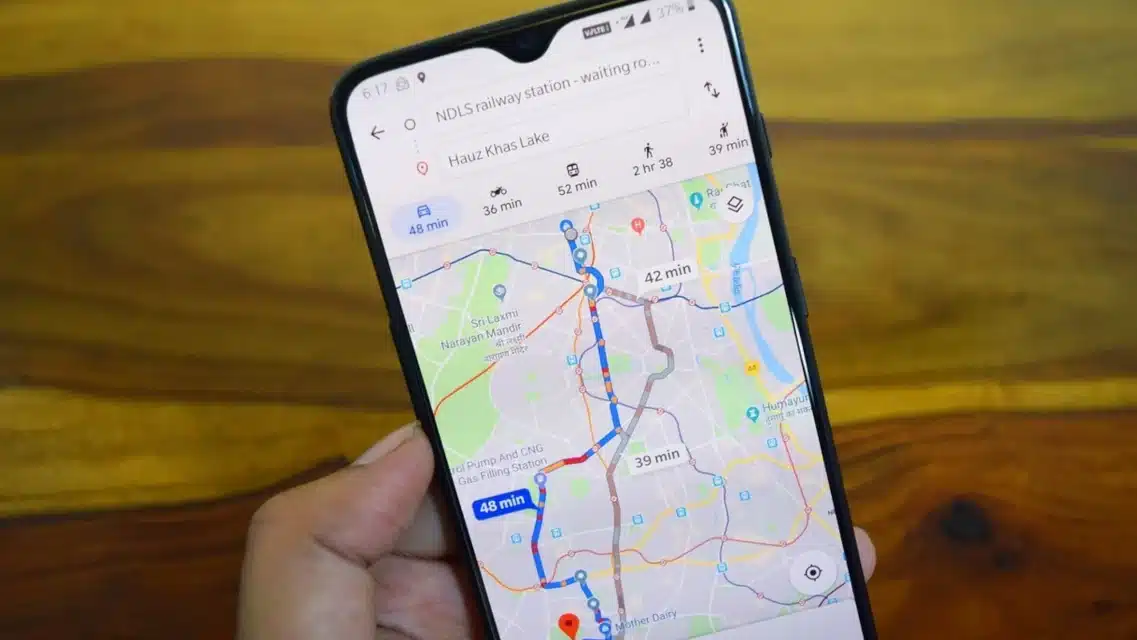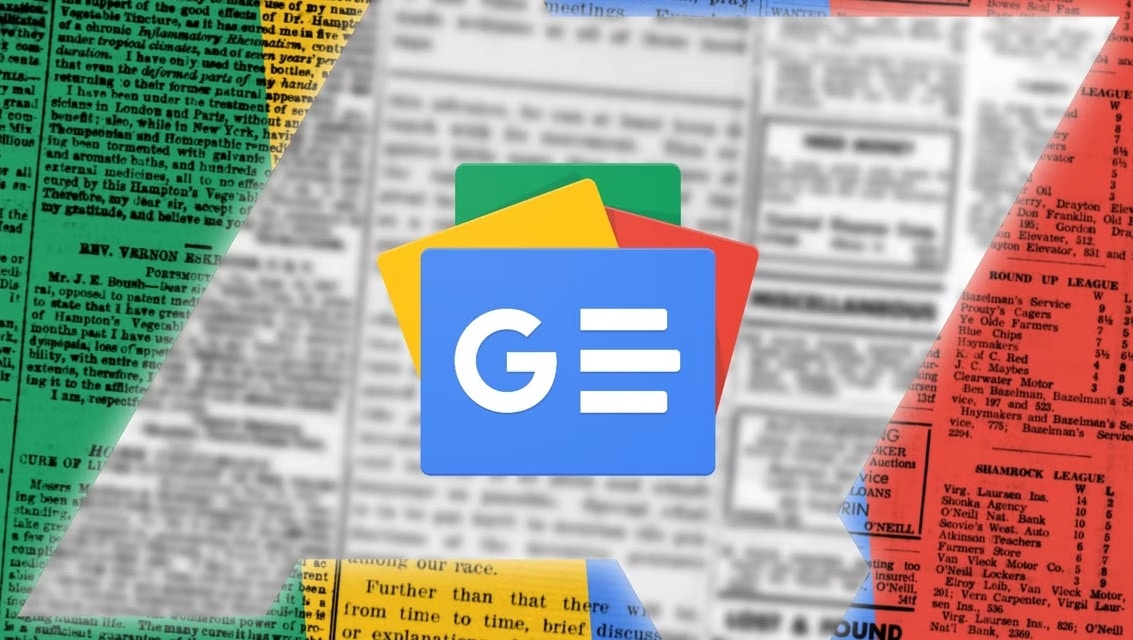Leaving the Western world behind—such a grand proclamation my wife and I made. An escape from Sweden, our cosy cradle of comfortable predictability, to embark on a journey eastward in search of “authenticity,” whatever that might mean. Yet, amid our lofty idealism, I underestimated one critical detail: leaving the Western world almost also meant leaving behind Western tech, specifically Google Maps—the omnipresent god of modern navigation.
Now, as an adherent of GrapheneOS, I'm the kind of person who, when Google offers the sweet, poisoned candy of convenience in exchange for my data, firmly says, “No, thank you, I'd rather sell my soul to myself.” It's not paranoia; it's a philosophical stand, a shrugging off of Big Tech, claiming sovereignty over personal data monetization. “If Google can't cut me a fair slice of the pie from my digital footprints,” I once mused defiantly, “then I'll bake my own damn pie.”
Yet, Google is not easily divorced. It's like that ex-partner whose quirks you've grown accustomed to and whose flaws you've learned to navigate. Literally navigate. Because, despite my principled stand, I still found myself secretly seduced by Google Maps. It's the guilty pleasure app that offers directions so confidently you're compelled to obey, even if it leads you straight into a lake—a digital siren song that's impossible to resist despite knowing better.
And so our epic began on a predictably gloomy, cold Swedish morning. We entered our car, packed with dreams and slightly too many bags, and ceremoniously opened Google Maps. Immediately, it flashed its customary warning: “Safety first! Do not interact with your phone while driving.” How considerate. Yet, barely five kilometres down the road, my screen popped up cheerfully, “Congestion ahead! Is this still accurate?”
Wait. Did Google Maps just ask me to violate the commandment it had just issued? I simply call it classic tech hypocrisy. Ignoring the query defiantly, I found the notification now stubbornly occupying a quarter of the screen, essentially blackmailing me into interacting. I yielded, pressing the close button while mentally cursing in Swedish.
This dance repeated itself multiple times, as though Google took sadistic pleasure in watching me choose between safe driving and clearing my screen. Perhaps, somewhere in Silicon Valley, bored engineers laughed, their entertainment secured. And so the pattern was set for our journey eastward, a technological tug-of-war that would follow us across borders, invisible but ever-present like an unwelcome travel companion.
Our first destination was a quaint medieval hotel in East Germany, chosen purely for atmosphere. The kind of place you'd expect knights, or at least disgruntled serfs, to roam. Naturally, Google Maps failed to locate it. The hotel's refusal to label itself didn't help either—perhaps the East German belief in minimalism extended to signage. After finally deciphering our way there through a combination of luck and existential dread, we collapsed onto bedding presumably washed in cement and featuring half-pillows, a poignant reminder of why communism collapsed. Ironically, here we were in East Germany—now part of the Western world's economic powerhouse—being reminded that Western comfort is perhaps the greatest illusion of all. The mighty German economy, it seemed, hadn't yet allocated funds to upgrade medieval mattress technology in this particular corner of its domain.
Next morning, undeterred, we bravely reopened Google Maps, optimistically entering our second destination. Immediately upon merging onto the highway, the map gleefully announced a road closure ahead, promising delays and existential frustration. “Couldn't you have mentioned this earlier, Google?” I muttered bitterly. No reply, naturally. Silicon Valley gods rarely apologize. They remain ensconced in their cloud-based Olympus, dispensing digital fates to mere mortals without explanation or remorse. Rumours flashed through my memory about Google engineers supposedly manipulating traffic routes in California for their benefit—urban legends, perhaps, but believable in moments like this.
Then came the culinary recommendations—each request for a place to eat directed us confidently to establishments situated suspiciously opposite our direction of travel. Once, it enthusiastically guided us toward a restaurant that existed only in Google's imagination. Kafka himself could not invent a more surreal predicament: being hungry and chasing virtual restaurants, our bellies growing emptier, our frustration growing richer.
Finally, halfway into this tech-inflicted torment, I had a revelation. “Here We Go,” whispered my rebellious fingers, and indeed, here we went. Like someone placing the world back on their shoulders, I felt restored. Here We Go was refreshingly practical, highlighting gas stations and eateries without absurd detours. It wasn't perfect—notifications about congestion still arrived fashionably late—but it functioned without actively trying to sabotage our sanity.
This journey taught me something vital about big tech's monopoly on modern navigation: convenience at the cost of user dignity is not convenience; it's exploitation. Google Maps, in its quest for omnipresence, has forgotten the virtue of individual choice, unfettered by manipulative nudging.
Sure, I'll return to this adventure another time—there's plenty more to mock and philosophize over. But for now, take this anecdote as a small battle won in a larger war for digital autonomy. If tech giants refuse to respect our intellectual and navigational sovereignty, then it's high time we chart our own courses—literally.
After all, true authenticity means choosing your own path, even if sometimes you end up lost in East Germany with half a pillow.



